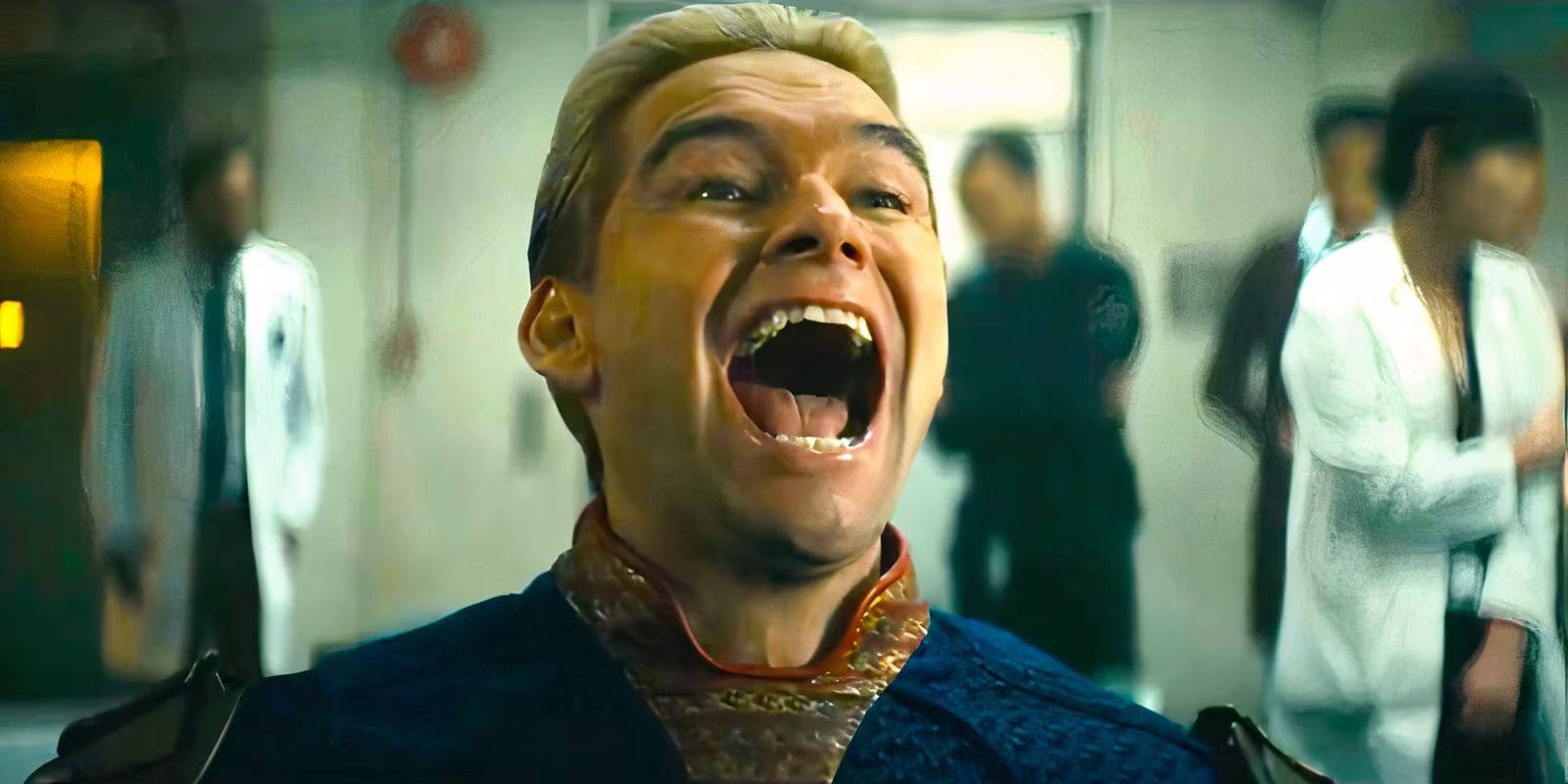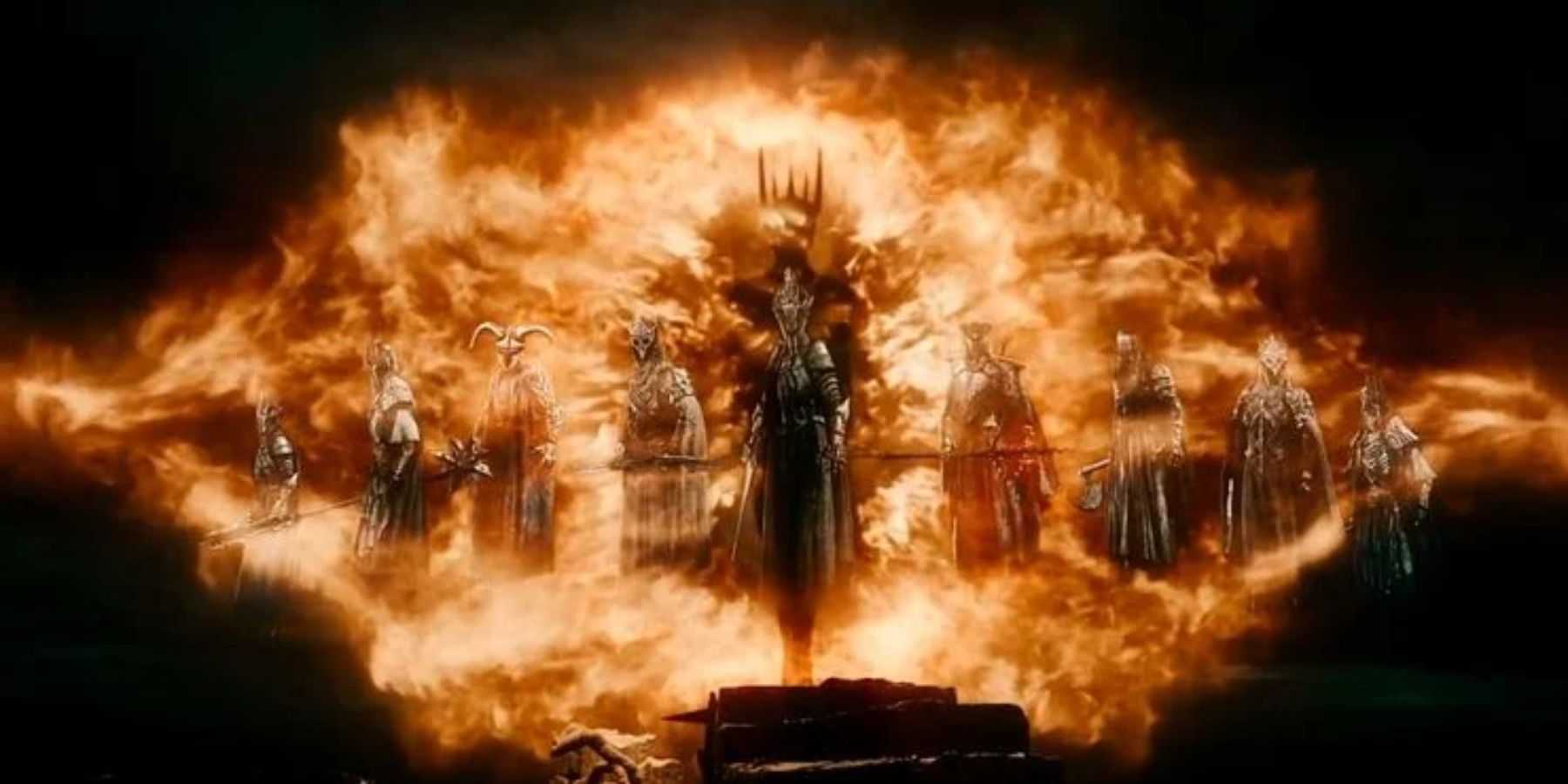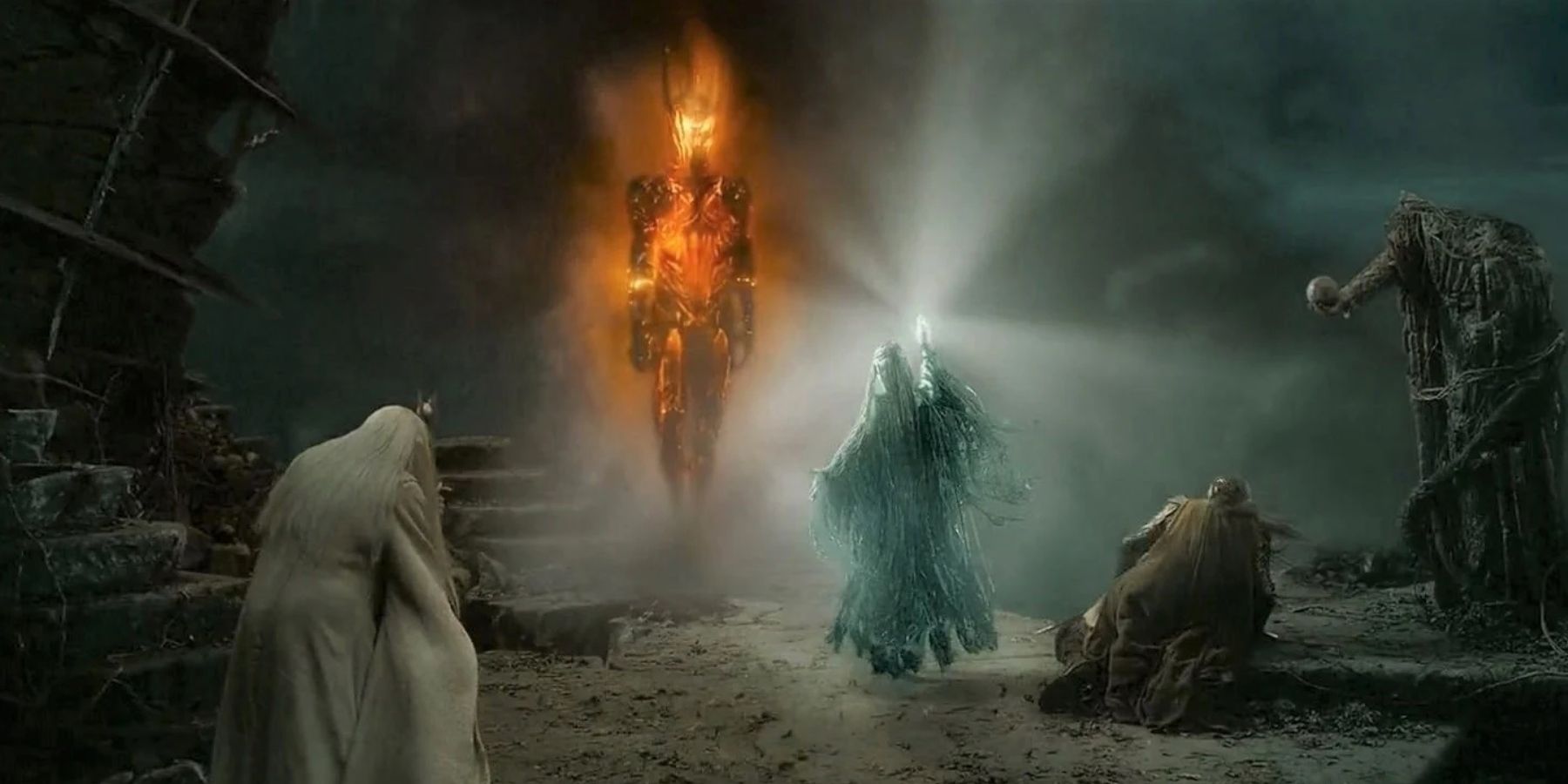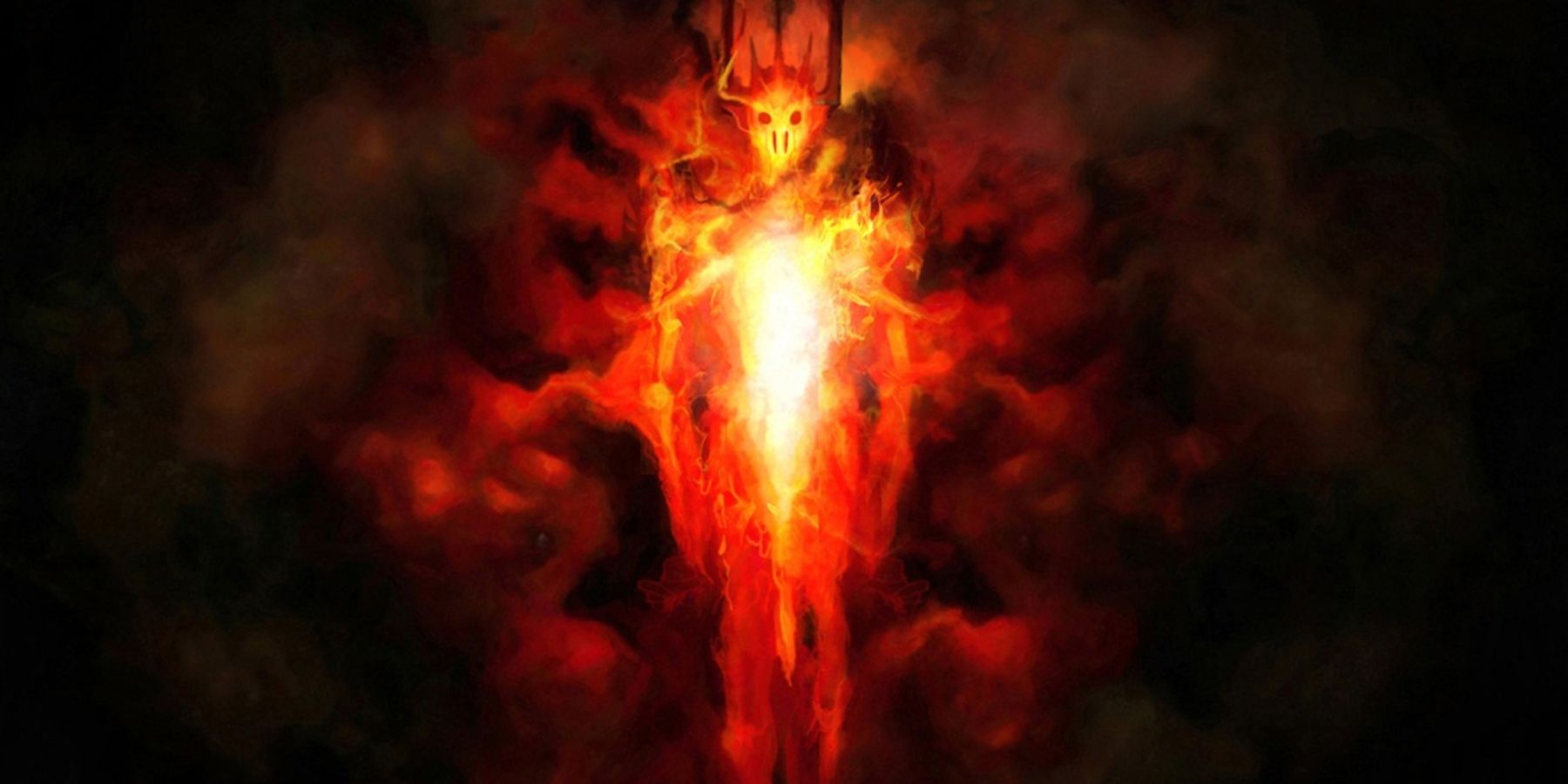For the majority of Tolkien fans worldwide, very little is known about the infamous dark lord Sauron. His backstory, the source of his infinite treachery and power, and how he came to be the way he is by the War of the Rings is only just touched upon in the Lord of the Rings books, and even less so in Peter Jackson’s movie adaptations of the trilogy.
In order to truly understand this character and his past, fans have dug into the further works of Tolkien, including The Silmarillion and the Unfinished Tales. But he does (technically) also appear in Tolkien's most famous work of art: The Hobbit.
Through much of the dwarves quest to reclaim Erebor, Gandalf, who orchestrated the entire journey in the first place is notably absent. The Grey wizard leaves Thorin’s company just after Beorn’s house, at the edge of Mirkwood. Many dangerous events ensue, in which, having a wizard around would have been incredibly useful. From nearly being eaten by giant spiders, to getting lost from the path, poisoned by the black waters and enchantments of the forest, captured by the king of the elves Thranduil, escaping to travel up the Lonely Mountain, and finally, battling a dragon. During all of these hardships and triumphs, Gandalf is attending to his own business, which is guaranteed to be a matter of utmost importance for him to leave his friends in such a manner.
From watching the trilogy of Hobbit films, the audience can glean that Gandalf has called a meeting of the White Council, and has come across some troubling events alongside his faithful cousin Radagast the Brown. Gandalf takes his evidence to Saruman and Galadriel, the former of whom believes it only to be folly, and the latter of who encourages Gandalf to follow his instincts. It is here that the audience first hear of the name ‘Necromancer’.
When Tolkien first wrote his famous story, he had no idea that he would later write the Lord of the Rings, and would subsequently link up this character with Sauron. Nevertheless, the Necromancer is canonically one of the earliest hints that Sauron is returning to power, and as is already spreading darkness and evil into Middle Earth. It thus becomes absolutely imperative that Bilbo does not know what a dangerous object he possesses, and that none of the other characters in the story, good or bad, find out this information until much later.
Of course, the concept of the Necromancer is explored more in The Hobbit film trilogy than in the book, because Peter Jackson and the directorial team fleshed out and added a lot of information into the character, including confirming that the Necromancer is Sauron by clever use of the image of the Eye. The connection is never quite so explicit in the books, but fits in with the changes and elaborations within the movies regardless.
However, seeing as Saruman is the Necromancer, many fans have begun to question whether or not he is able to raise beings from the dead. Traditionally, a Necromancer uses a kind of dark magic that enables them to communicate with the dead, summon their spirits, or even animate their corpses.
Readers have already seen that this sort of curse or magic isn’t beyond the realms of reality in Middle Earth thanks to the Army of the Dead that Aragorn commands during the Two Towers. And if this is truly possible in Sauron’s case, it opens up a whole plethora of questions and possibilities that could have helped Sauron win the war and repossess his ring of power. For example, could he have resurrected the Balrog? This mighty creature defeated Gandalf once, surely it could do it once more. Could Sauron have resurrected the Witch King too? Which would have caused devastation to the Battle of Pelennor Fields all over again.
There would be no limit to Sauron’s power if he were able to raise legions from the afterlife. So the most likely suggestion is that Sauron cannot re-animate beings beyond death, but rather that his necromancy simply gives him a greater connection to his dark powers, and helps him keep control of his servants who are in that strange shadow realm between life and death, like the nine Ringwraiths.
In this way, it makes sense that Sauron does have a connection to the dead, and this is how he was able to create the feature in the rings he tricked the 9 lords of men with, that would later turn them into his slaves. This was only possible for him because he already had total control and domination of their wills, by using their own greed for power against them, but it can be linked up with Necromancy.






